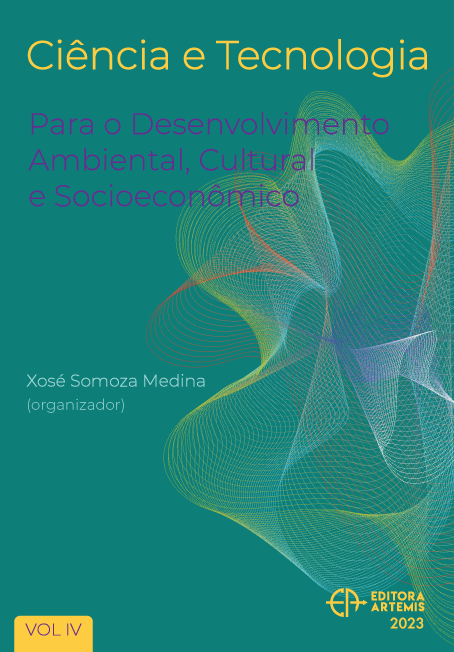
ESTUDIO DE UNA SUPERALEACIÓN 718 SOLDADA CON EL PROCESO DE SOLDADURA GTAW DESDE UNA PERSPECTIVA TÉRMICA
El Inconel 718 es una superaleación base níquel endurecida por precipitación, con gran capacidad de soldado, extensamente usado para la industria aeronáutica. En este trabajo se reporta el comportamiento térmico sobre la microestructura y propiedades mecánicas de placas de Inconel 718 de 7 mm de espesor soldadas por GTAW. Dos diferentes materiales de aportes térmicos fueron utilizados de 0.9033 y 1.806 KJ mm-1. La velocidad de desplazamiento fue variada de 4 mms-1 y 8 mms-1, permaneciendo constantes los otros parámetros. Los cambios en la cantidad de aporte térmico alteran la geometría de la soldadura, así como la microestructura en la zona de fusión y zona afectada por el calor. La cantidad de aporte térmico incrementa el espacio interdendrítico en la zona de fusión de 4mm a 7mm. La disposición del Nb a segregarse se puede atribuir al alto contenido de Fe en la aleación. La tendencia de la licuefacción en el límite de grano aumenta con aporte térmico bajo.
ESTUDIO DE UNA SUPERALEACIÓN 718 SOLDADA CON EL PROCESO DE SOLDADURA GTAW DESDE UNA PERSPECTIVA TÉRMICA
-
DOI: 10.37572/EdArt_30112311617
-
Palavras-chave: Inconel 718, GTAW, Aporte térmico, segregación y microestructura.
-
Keywords: Inconel 718, GTAW, Heat input, segregation and microstructure.
-
Abstract:
Inconel 718 is a precipitation-hardened, nickel-based superalloy with high weldability, widely used in the aeronautical industry. In this work, the thermal behavior on the microstructure and mechanical properties of 7 mm thick Inconel 718 plates welded by GTAW is reported. Two different thermal input materials of 0.9033 and 1.806 KJ mm-1 were used. The displacement speed was varied from 4 mms-1 and 8 mms-1, with the other parameters remaining constant. Changes in the amount of heat input alter the geometry of the weld, as well as the microstructure in the fusion zone and heat-affected zone. The amount of thermal input increases the interdendritic space in the fusion zone from 4mm to 7mm. The willingness of Nb to segregate can be attributed to the high Fe content in the alloy. The tendency of liquefaction at the grain boundary increases with low thermal input.
-
Número de páginas: 17
- Maria de Lourdes Hernández Rodríguez
- Ma. de Jesús Soria Aguilar
- Francisco Fernando Curiel López
- Jorge Leobardo Acevedo Dávila
- Ana Cecilia Palos Zuñiga

